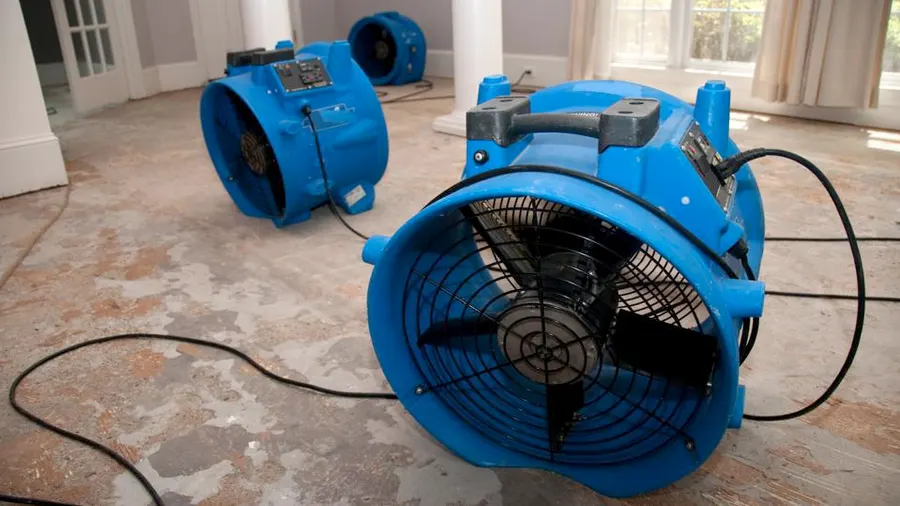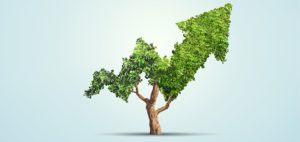Technology is revolutionizing every aspect of society, and water damage restoration is no exception. The field has grown tremendously over the years, benefiting from technological advancements which have resulted in more efficient and effective solutions. According to a Market Research Future report, the global restoration industry is projected to reach $46.5 billion by 2022, with a significant portion fueled by the surge in tech-based solutions for water damage.
The significance of water damage
In dealing with water damage, understand that it poses a severe threat to both personal and commercial properties. The extent of the damage goes beyond the visible ripples on your carpet or damp walls – it could potentially advance into a much larger issue like structural instability or harmful microbial growth. These challenges necessitate constant innovation, which technology readily provides. Among these innovations are residential water damage solutions that cater specifically to domestic properties and their unique requirements.
Faster detection of moisture
Early detection is one of the most effective ways to ward off potential hazards associated with water damage. Technological tools such as moisture meters and thermal imaging cameras now enable quick detection without having to do destructive exploratory work. They work by identifying temperature changes or electrical resistance differences, signifying potential water issues behind walls or under floors.
Precise assessment techniques
The scenario can grow complicated when it comes to figuring out where the water has pooled or hidden inside your property. Luckily, advanced technologies such as hygrometers and infrared cameras help to precisely identify hidden moisture spots by determining humidity level variations or detecting heat signatures from damp areas.
Efficient extraction processes
New-age submersible pumps and heavy-duty extractors guarantee substantial improvements in removing large amounts of water efficiently. These devices can extract thousands of gallons of water per hour, radically reducing drying times and associated damage.
Accurate calculation of dry-time
High-tech psychrometric calculators are more effective than the guesswork once employed to estimate drying times. By providing calculations based on temperature, relative humidity, and moisture content, these tools lead to an accurate forecast of how long it will take your affected area to dry completely.
Drying using advanced equipment
Drying technology has come a long way. Today, desiccants and other industrial drying equipment drastically accelerate the drying procedure by pulling excess moisture from air, walls, and floors. This shortens the drying period significantly and reduces the potential for further damage or mold growth.
Focused structural drying
Structural drying is essentially a science that requires knowledge, experience, and specialized equipment. Technology has heralded a new era of “focused drying,” where the drying process is carefully directed towards specific damaged areas, avoiding unnecessary transitions and optimizing recovery time and costs.
Cleaning and sanitization advances
Professional restoration companies now cash in on high-tech pressure washers or hydroxyl generators to clean and sanitize areas with water damage thoroughly. These superior cleaning techniques eliminate harmful bacteria and molds ensuring a safe environment.
Improvement in monitoring
Monitoring technology like remote sensors can provide real-time updates directly to your smartphone or computer during the restoration process. Continuous tracking assures that the drying process is moving along as expected, and changes can be made quickly if necessary.
Software for seamless administration
Project management software specially designed for the restoration industry enhances cooperation between various stakeholders involved in a water damage restoration job—scheduling workforces, managing equipment deployment, and handling billing details to name a few functions.
The benefit of 3D imaging
3D imaging technology allows restoration professionals to take exact measurements and create accurate plans for the restoration work. It lets them visually represent the damage extent and subsequent repairs to insurance carriers or property owners, streamlining the whole process.
The role of AI and Machine Learning
AI and Machine Learning hold fascinating possibilities for the future of water damage restoration. These tech trends may help predict water damage incidents based on data patterns, offering a proactive solution rather than merely a reactive one.
Growing emphasis on eco-friendly processes
Technology is also paving the way for eco-friendly restoration processes. From biodegradable cleaning supplies and low-energy drying equipment to water filtration systems that recycle waste-water, strides towards a greener global industry are significant.
A forward-looking perspective
The road ahead is filled with exciting possibilities. With technology becoming more accessible and affordable, advanced water damage repair solutions will soon become the industry standard, offering you quick relief from water-related calamities. Technology is powering this shift towards quicker resolutions, lower costs, reduced environmental impact, and improved client satisfaction in the domain of water damage repair.




